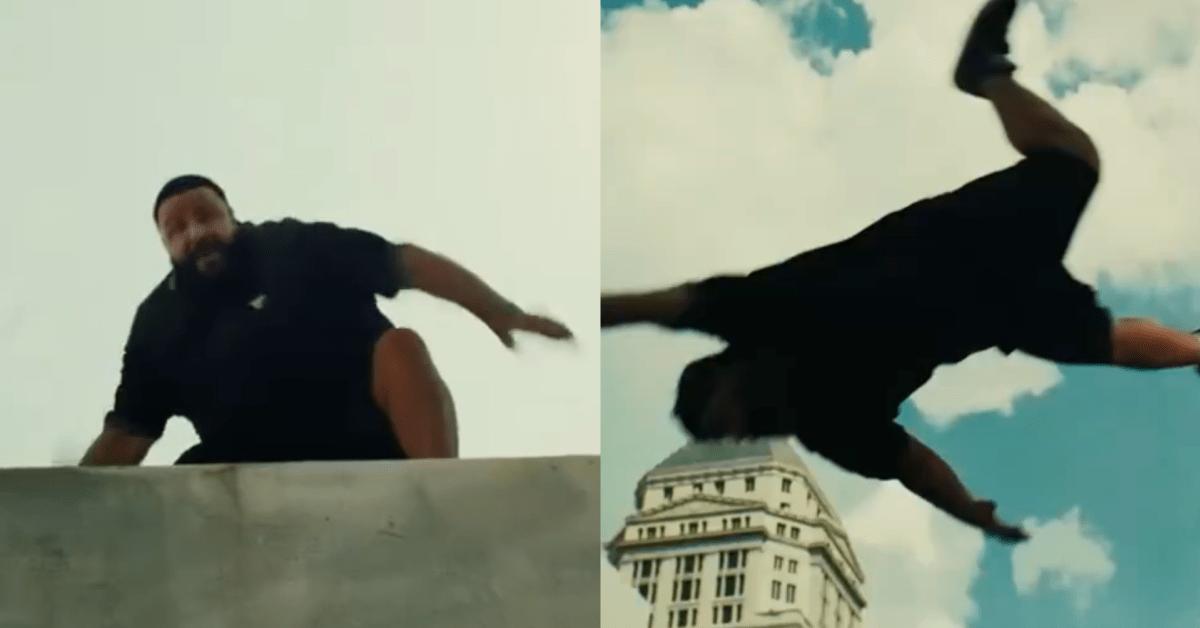In “Luz,” writer-director Flora Lau immerses viewers in the mystical world of a simulated reality game of the same name. Set in Chongqing, one of China’s largest cities, the film follows Ren (Sandrine Pinna), a gallerist who travels to Paris to visit her stepmother, Sabine (Isabelle Huppert). Sabine, long divorced from Ren’s father — a successful painter — has recently experienced fainting spells that have landed her in the hospital. Despite her serious health issues, she takes a laissez-faire approach, focusing instead on launching her new gallery. At the same time there is a parallel intervention happening as Wei (played by Xiao Dong Guo), a conman who does dirty work for a wealthy businessman, spends his off-hours watching his estranged daughter, Fa (En Xi Deng), livestream her home life on a social networking app where followers like him shower her with attention and cash. For much of the movie, the stories of Ren and Sabine and Wei and Fa seem utterly disconnected, but eventually they intersect within the virtual reality environment of Luz. This simulated world becomes a playground for their shared “flower light journey” (huā míng dù in Mandarin), where players traverse an ethereal forest on a quest to hunt a deer with skin so iridescent it looks like a psychedelic hallucination.


“Luz” is keenly interested in the interplay between so-called real life and the virtual one that captivates its ensemble and devotes much of its cinematic energy to executing this multi-dimensional concept. Lau deserves credit for her inventiveness, shaping something as genre-defying as virtual reality into a quiet, globe-trotting drama. However, the film ultimately feels more like an underdeveloped proof of concept than a fully realized narrative. Virtual reality games are designed to be 3D experiences for a reason. As the ensemble becomes increasingly drawn into the game and the virtual world takes up more space in their lives, the confines of a two-dimensional frame undercut the multi-dimensional potential of her concept. One almost wishes this were a film designed to be experienced through VR itself.
Visually, the film is lush, with color palettes of vivid red and blue and pink and green that mirrors the experience of walking through Chongqing’s towering cityscape at night. The mise-en-scène elevates Chongqing to the role of a character in its own right, bringing both literal and figurative color to the story. For instance, scenes of Wei and his friend swimming in a river, with skyscrapers — and smog — looming large in the background, provide a fluidity to the real-world that contrasts nicely with the heaviness of the simulated one.
Cinematically, Luz is more than just a game; it functions as the structural spine and psyche of the film. It’s a space where Ren, Wei, and eventually Sabine and Fa confront the things they can’t face in real life. Ren, for example, is introverted and somewhat isolated as she plays the game from her couch alone in her apartment. Within Luz, however, she transforms into a fierce warrior, relentless in her hunt for the deer. Wei also embodies a stark duality. In the waking world, he is thick-skinned and emotionally guarded, but in Luz, he radiates a childlike innocence and lightheartedness that rarely surfaces in his everyday life.
While the virtual reality world is an inventive framework for a film, it also dilutes the emotional resonance of the story. The heightened blurring between the virtual and real worlds creates a sense of disorientation, leaving viewers unsure of what’s real and what’s fabricated. That’s not necessarily a bad thing, but this ambiguity, though conceptually intriguing, introduces an emotional distance that even the steady performances of Huppert (Sabine) and Xiao Dong Guo (Wei) cannot fully bridge. As the film progresses, the line between Luz and reality becomes increasingly indiscernible, making it harder to engage with the arc of the characters.
Toward the end of the film, Lau tries to weave together the stories of Ren, Sabine, Wei, and Fa in the real world through a painting. This canvas, created by Ren’s father, depicts a sea of reds, blues, and small white dots forming a nest around a wounded deer in repose, its dreamy eyes daring viewers to look deeper. Displayed prominently in the club where Wei works, it’s obvious that the painting is beautiful and alive, but much like the impact of Luz as a storytelling device, this doesn’t translate into something cathartic within the film itself. But by now one realizes that “Luz” is largely an intellectual exercise that raises more questions than it yet knows how to answer: Is virtual reality real or fake? Are the events within the game of Luz authentic? Does it even matter? Ultimately “Luz” functions as a dynamic space for processing the virtual and how it pushes us to redefine reality. Unfortunately, it lacks a beating heart that would endear us to its cleverness.
Grade: C+
“Luz” world premiered in the World Cinema Dramatic Competition at the 2025 Sundance Film Festival. It is currently seeking U.S. distribution.
Want to stay up to date on IndieWire’s film reviews and critical thoughts? Subscribe here to our newly launched newsletter, In Review by David Ehrlich, in which our Chief Film Critic and Head Reviews Editor rounds up the best new reviews and streaming picks along with some exclusive musings — all only available to subscribers.




















 English (US) ·
English (US) ·